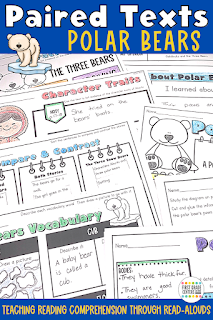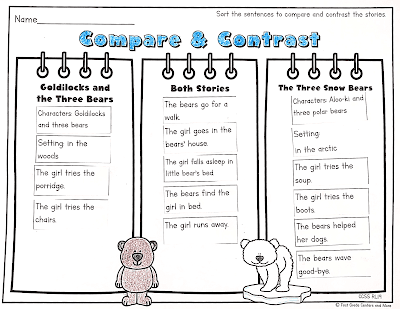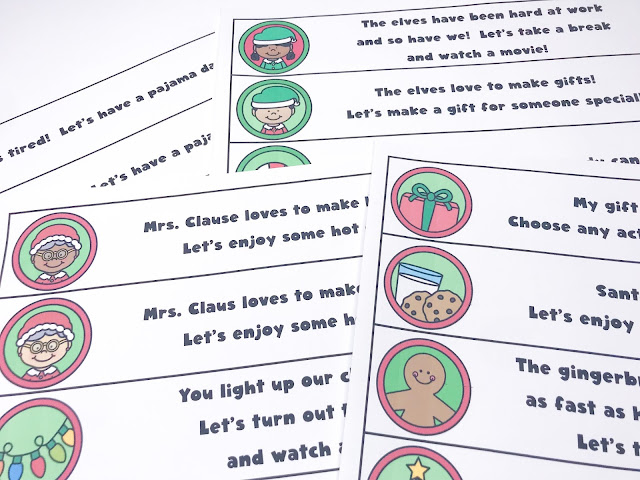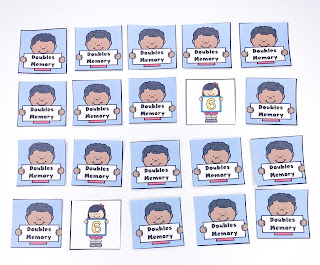Polar Bears Reading Comprehension {and Freebie}
First graders love learning about polar bears! It is always a fun topic to teach during the winter months.
Using paired fiction and nonfiction texts is a great way to learn about polar bears because there are SO many opportunities for teaching your core English Language Arts Standards.
I paired the read-aloud books The Snowy Day by Jan Brett and National Geographic Kids: Polar Bears by Laura Marsh for this resource.
You can check out my other Winter Paired Text set here.
The Three Snow Bears is wonderful for teaching the skills of sequencing key details, studying characters and their traits, comparing and contrasting texts with Goldilocks and the Three Bears, and opinion writing.
The nonfiction text about polar bears provides opportunities to teach finding key details, close studying the text feature of a diagram, learning how glossaries work, and writing informative pieces.
Informative Standards
Using a graphic organizer is the perfect way for students to find and record key details. This graphic organizer helps them focus on one topic at a time: polar bear bodies, food, environment, and cubs.
Main idea and detail is a tricky topic that students need a LOT of practice with! This sheet scaffolds their learning by providing the main idea- students then add some related details. A version without the main idea already listed is also included.
Kids will study a diagram of the polar bear paw. Then they make their own diagram.
Students will write a 5-sentence informative paragraph about polar bears. This version provides a topic and closing sentence to support emergent learners. A version for students to write all 5 sentences is also included.
Your class will learn how the text feature of a glossary works. They will also also create their own picture glossary with the vocabulary words.
Literature Standards
After listening to The Three Snow Bears by Jan Brett students will work together to sequence key details from the text.
Students will focus on character traits and search for text evidence of each trait. Versions with and without character traits listed are included for easy differentiation.
The Three Snow Bears is the perfect text to compare and contrast with a more traditional version of Goldilocks and the Three Bears. Cut and glue pieces are included, or students can fill in their own ideas.
Students will write a 5-sentence opinion piece about which story is their favorite!
You will love all of the options for easy differentiation! Many more ideas included.
Detailed lesson plans aligned to Common Core State Standards are included!
You can click
here to learn more about this polar bears reading comprehension resource.
























































